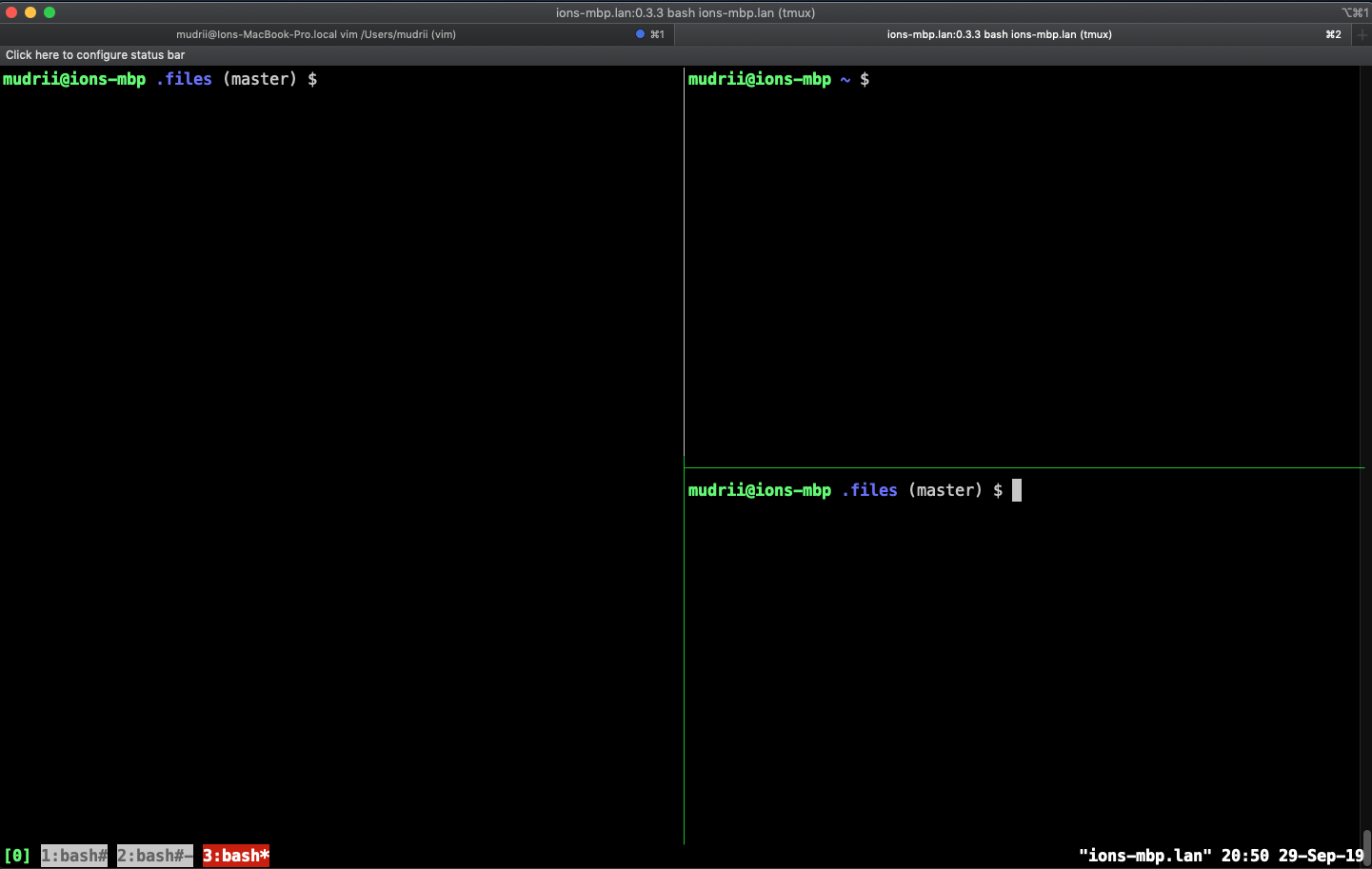
- How to change default shell to bash on mac how to#
- How to change default shell to bash on mac mac os#
- How to change default shell to bash on mac upgrade#
- How to change default shell to bash on mac full#
- How to change default shell to bash on mac mac#
How to change default shell to bash on mac full#
First, find the 'shells' file and edit it: atom /etc/shells or whatever your preferred text editor is Add the full path (in this case /usr/local/Cellar/bash/5.0.16/bin/bash) to the end of the list of shells, then save and quit.

Anyway, this’ll fix your problem, I’m sure. Set the default shell There are two steps to changing this.
How to change default shell to bash on mac mac#
Oh, alright, since I sometimes ssh into my Mac from other systems, I’d lean more towards changing the NetInfo database entry so that all shells you get have the right command shell, not just those within the Terminal application. I feel like a one armed and one legged man. Both work well and both accomplish what you want. The default shell in FreeBSD is sh and I really can't stand it: autocomplete is very limited, and rehash commands kill me. Which do I recommend? Neither, particularly. If you don’t want to change the NetInfo database entry for your account, an easier alternative is to go into the Terminal application (Applications -> Utilities -> Terminal) then go to Terminal -> Terminal Preferences and select “Execute this command” and make sure it’s the shell you want, as shown here: Click on Users & Groups, Now click on the lock icon and enter your account name & password, Control-click (Right Click) on your user name or icon in the list of users and select Advanced Options, Now under Login shell - select the shell you want to use as default. Don’t monkey around with other values while you’re in the program, though, because you can really mess up your system! Note: if all the field values are greyed out, you need to click on the little lock icon on the bottom of the Window to allow you to edit the fields herein. Click on the value and change it to /bin/bash, then quit NetInfo Manager to have it set in the database. Select Format from the Menu and then click Make Plain Text. Next, write the Bash Script, as below: Once you have written the script, you have to convert the document into plain text. Open Text Edit, found in Applications, once in Text Edit, click New Document. In the lower pane is “shell” and it’s doubtless set to “/bin/tcsh”. The first step to make a simple bash script is writing the script. If you really want to fix your default login shell, you’ll need to go into the NetInfo Manager program (Applications -> Utilities -> NetInfo Manager). The good news is that it’s easy to fix it. Why yours ended up with tcsh again, which was from back on the 10.2.x days, I can’t explain. help.” I surmise that the latter is what you found yourself doing.Īpple might have been fiddling with things in 10.3.7 because starting with Panther, the default shell for a brand new account is supposed to be Bash (much to the unhappiness of the tcsh faithful).

How to change default shell to bash on mac mac os#
There are two types of clean install with Mac OS X: there’s the clean install that says “I already have accounts, just install all the OS and application program” (it’s “clean” because you have all your old preferences, etc, removed) and then there’s the really clean install which is “my disk is blank. But that’s not what you’re asking about, is it? 🙂 Step 3: Now you can make a simple change to the. bashprofile document (or create it if it doesn’t already exist) in the easiest to use text editor in Terminal Nano.

How to change default shell to bash on mac upgrade#
A cool $1200 repair bill made me decide to just upgrade to the Aluminum unit. For the newly initiated, here’s how you can edit the.

There's some basic editing with vim - this article contains everything you need here, but it's basically just knowing i for "insert" and esc+ :wq + return to save changes.Hi and thanks for your message! I used to have a Titanium Powerbook until it fell off my desk and the hinge shattered. You should have the Homebrew package manager installed - see this article for instructions. This tutorial assumes some basic familiarity using the terminal on Mac. I'd love to make it applicable to more people. If this doesn't work for you, let me know in the comments (including the versions of bash, Homebrew, and MacOS), and what if anything did end up working. Bash didnt disappear from macOS, it is available. This is based on my own experience installing bash 5.0.16, using Homebrew 2.2.7, on MacOS Mojave 10.14.6. One of the changes that have been done by Apple on this version, is the default login shell of macOS, from Bash to zsh.
How to change default shell to bash on mac how to#
Setting up my Mac to run a different version of bash in the terminal was surprisingly hard for me to figure out how to do it's a pretty straightforward process but I didn't see any one resource describing the entire thing from start to finish, so I'm doing it here. You can always install later versions yourself, however. This means that some features of later versions of bash, like associative arrays, are not available with the default shell. MacOS comes with bash 3 as the default shell program Apple doesn't want to upgrade to the later versions for intellectual property reasons.


 0 kommentar(er)
0 kommentar(er)
